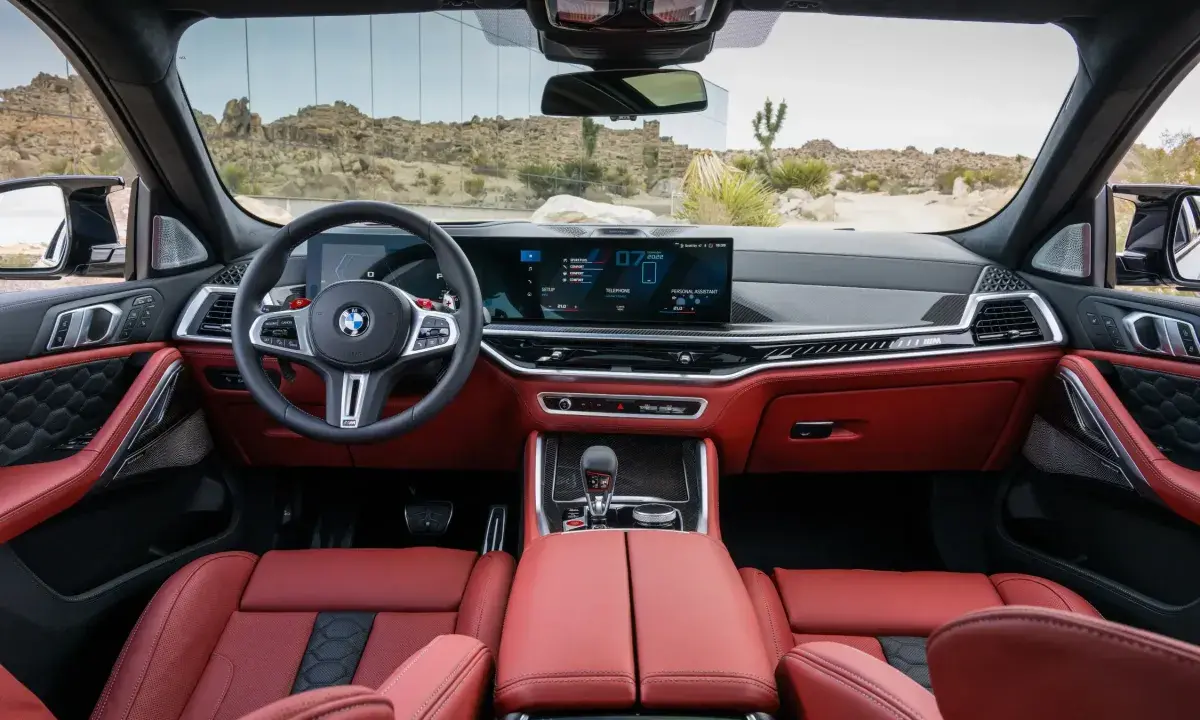Many credit the BMW X6 with creating a new market niche by combining the sportiness of a coupé with the features of an SUV. Traditional SUVs and coupés are distinguished from this car by its distinctive look, strong performance, and high-end equipment. This page examines the launch and later improvements of the BMW X6 and its history, progress, and influence.
Announcing the BMW X6
First unveiled in 2007, the BMW X6 had its public premiere at the Frankfurt Motor Show. When it was introduced as a 2009 model, BMW entered a specialised market it called the “Sports Activity Coupé” (SAC). The X6 was designed with the agile handling and clean roofline of a coupé combined with the strong appearance and raised driving position of an SUV. Although there were first conflicting feelings to this avant-garde style combination, it quickly won over a devoted following.
Creation and Idea
Bold and unusual in appearance was the BMW X6. Its sloping roofline, which preserved the strong proportions of an SUV while giving it a coupé-like form, was its most recognizable characteristic. The front end has the characteristic BMW kidney grille between sharp headlamps. The car looked sporty because of the strong wheel arches and bold lines.
Based on the same basis as the BMW X5, the X6 featured the structural strength and durability one would expect from an SUV, despite its coupé-like look. Its luxury reputation was furthered by the roomy and opulent interior, which included cutting-edge technology and fine materials.
Performance and technology
Driving the BMW X6 was intended to be dynamic. For a car of its size, its strong engines—which included inline-six and V8 options—offered remarkable acceleration and performance. With its all-wheel-drive technology, BMW’s xDrive, the X6 improved handling and stability under a variety of driving circumstances.
With the introduction of BMW’s Dynamic Performance Control in the first-generation X6, traction and agility while cornering may be improved by varying torque between the back wheels. This characteristic added to the car’s athletic appeal and gave it the confidence to negotiate tight bends.
Influence and Following
Since the BMW X6 introduced a new car category, it was a momentous occasion in the automotive industry. Success with the Sports Activity Coupé idea encouraged other manufacturers to create comparable vehicles. Several iterations have come out of the X6, and each one has improved its technology, performance, and design.
Other Sports Activity Coupé vehicles in BMW’s range, notably the X4, which provided a similar idea in a smaller size, were developed in response to the popularity of the X6. The X6 had an impact on other companies as well; Mercedes-Benz, Audi, and Porsche all released sporty SUVs with coupé-like appearance.
Development and Prospects Going Forward
The BMW X6 has been evolving since its 2008 debut; newer models include enhanced performance, modern electronics, and a more sophisticated look. In a crowded market, the car’s special blend of practicality and sportiness has kept it relevant. The X6’s continuous evolution shows how innovative and flexible BMW is, which keeps it leading the Sports Activity Coupé market.
Looking forward, the BMW X6 is predicted to embrace new developments in the car business, like electrification and sophisticated driver-assistance technologies. These advancements will probably influence the X6’s future generation to make sure it keeps up with the needs of contemporary drivers while also having its own unique style.
All things considered, the 2008 release of the BMW X6 signaled a daring development in performance and design for the automobile industry, establishing a new market that has since grown in popularity among drivers looking for a combination of utility and sportiness. The X6’s continuous success and development bear witness to its ground-breaking idea and timeless appeal.
